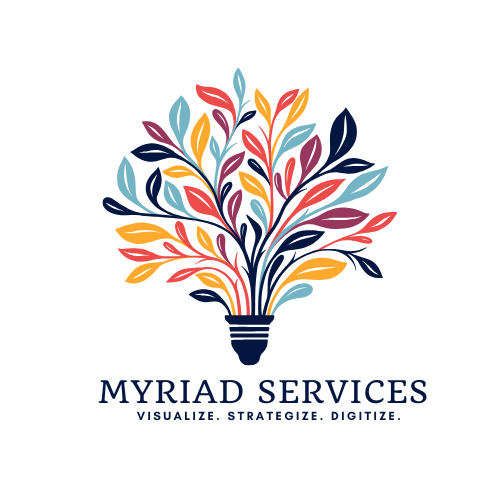
Internal Linking for SEO: How to Boost Rankings and Improve Website Navigation
Internal linking refers to the process of connecting important and relevant pages within a website through a structured, often hierarchical, pattern. These internal links are hyperlinks that guide visitors from one page on your site to another.
A good example is your website’s homepage. It typically contains a navigation menu linking to essential pages such as Services, Categories, Product Collections, Blog, Contact Us, and About Us. Each of these links takes the visitor to a dedicated page with more detailed information about a topic, product, or service.
When implemented strategically, internal linking allows pages to share their link authority (often called link juice) with one another. This helps boost keyword rankings and improves your visibility in Google Search results.
Why Internal Linking Matters for SEO
Internal linking is more than just a navigation tool — it’s a powerful SEO technique. When done correctly, it:
Passes ranking authority from one page to another.
Guides both search engines and users through your website.
Distributes traffic and authority evenly among your important pages.
However, to get the best results, you should follow a few best practices.
Key Considerations for Effective Internal Linking
Use Keyword-Rich Anchor Text
When linking to another page, choose anchor text that contains your target keywords. This gives search engines context about the linked page’s content and can help it rank higher.Avoid Overlinking
Adding too many internal links can backfire. Search engines may view it as spammy behavior, potentially harming your rankings. Keep links purposeful and relevant.Ensure Relevance
Only link pages that relate to each other in topic or purpose. Relevant linking improves user experience and strengthens your SEO.
How to Use Internal Linking for SEO
Here are three core approaches to make your internal linking strategy more effective:
1. Use Keyword-Rich Anchor Text
Example: Instead of writing “click here,” use a phrase like “explore our SEO services” to add keyword value.
2. Use Relevant Anchor Text
Ensure the anchor text aligns with the content of the linked page. This not only improves search engine understanding but also makes the navigation more intuitive for users.
3. Use Descriptive Anchor Text
Descriptive anchors give users a clear idea of what they’ll find after clicking. Example: Learn how to optimize your website for local search.
Examples of Effective Internal Links
“Learn more about our products” (linking to a product page)
“Explore our full list of services” (linking to the services page)
“See how we can help your business grow” (linking to the contact or consultation page)
“Discover our company’s story” (linking to the about page)
Tips for Optimizing Internal Links
Keep links relevant and value-driven for readers.
Use keyword-rich anchors without overstuffing.
Maintain clear and consistent link formatting.
Design a simple, user-friendly linking structure.
Use tools like Moz’s Link Explorer to identify valuable linking opportunities.
Developing an Internal Linking Strategy
Follow these steps to create a strong linking structure:
Identify Your High-Value Pages
Choose the pages you want to rank higher in search engine results (e.g., product pages, service pages, cornerstone content).Link From High Authority Pages to Lower Authority Pages
This distributes link equity and strengthens your lower-ranking pages.Incorporate Target Keywords in Anchors
Make your internal links work double duty — guiding users and improving SEO.Focus on Navigation and Simplicity
Ensure visitors can easily follow links and find the information they need.Maintain a Clean Structure
Avoid creating unnecessary link loops or clutter.Monitor and Improve Over Time
Use SEO tools to track link performance and discover new internal linking opportunities.
Final Thoughts
A well-planned internal linking strategy not only improves search rankings but also enhances user experience by making navigation intuitive. By focusing on relevance, keyword optimization, and link authority flow, you can ensure that your website structure supports both SEO success and visitor satisfaction.

